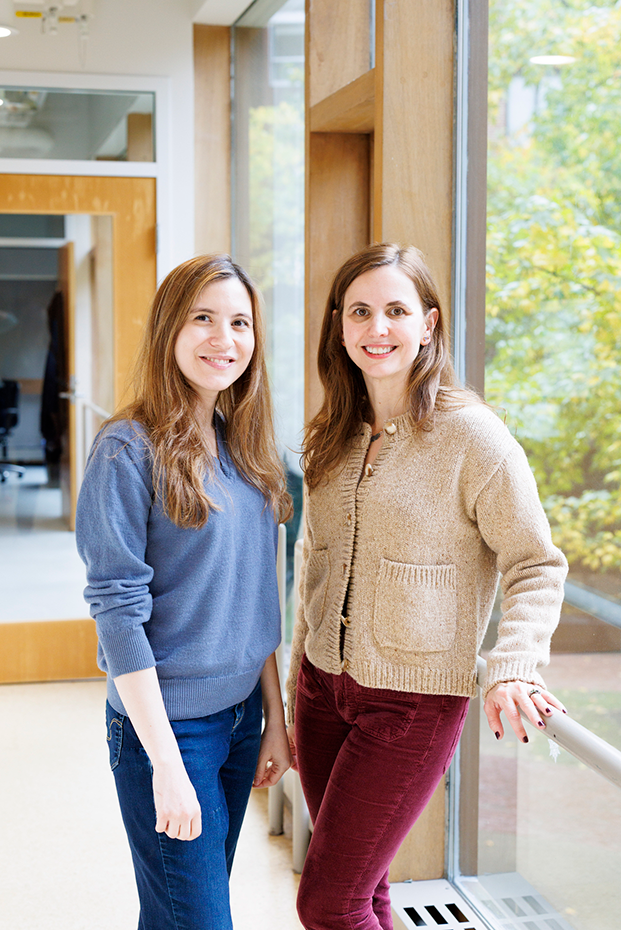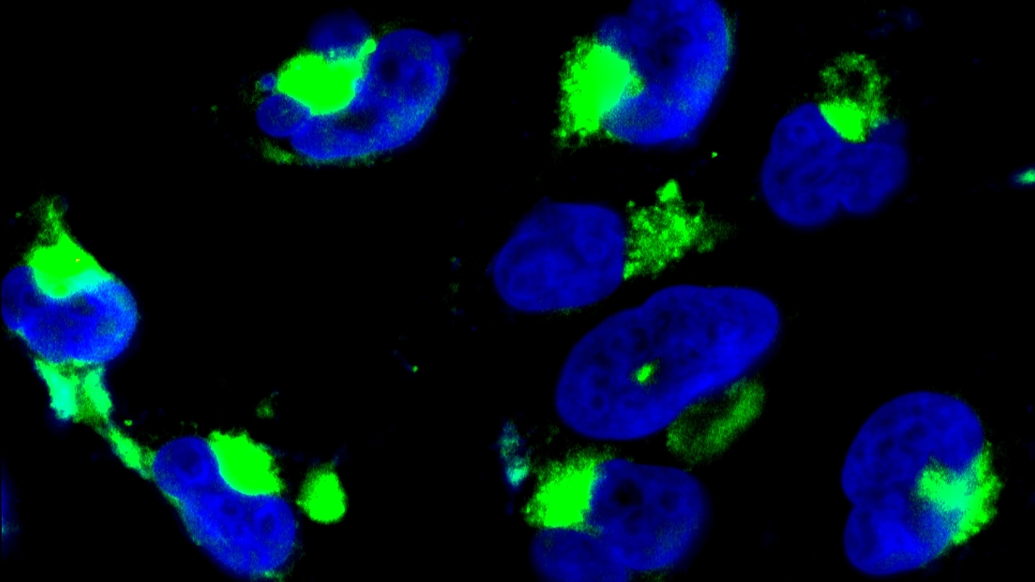by Kermit Pattison – Harvard Gazette –
Findings on adrenaline’s role in process raise new possibilities for regenerative medicine
Biologists long have been fascinated by the ability of salamanders to regrow entire limbs. Now Harvard researchers have solved part of the mystery of how they accomplish this feat — by activating stem cells throughout the body, not just at the injury site.
In a new paper published in the journal Cell, researchers documented how this bodywide response in axolotl salamanders is triggered by the sympathetic nervous system, or the “fight or flight” network. The study raises the possibility that these mechanisms might one day be manipulated to regenerate human limbs and organs.
“We’ve shown the importance of the adrenaline stress signaling hormone in getting cells ready for regeneration,” said Duygu Payzin-Dogru, lead author of the study and a postdoctoral researcher in the Department of Stem Cell and Regenerative Biology. “Because adrenaline exists in humans, this tells us we can co-opt some of the things we found in the axolotl to perhaps improve regenerative outcomes in humans. We have some of the same components and just have to figure out the right way to implement them.”’




